8 a.m. to 5 p.m. Monday – Friday 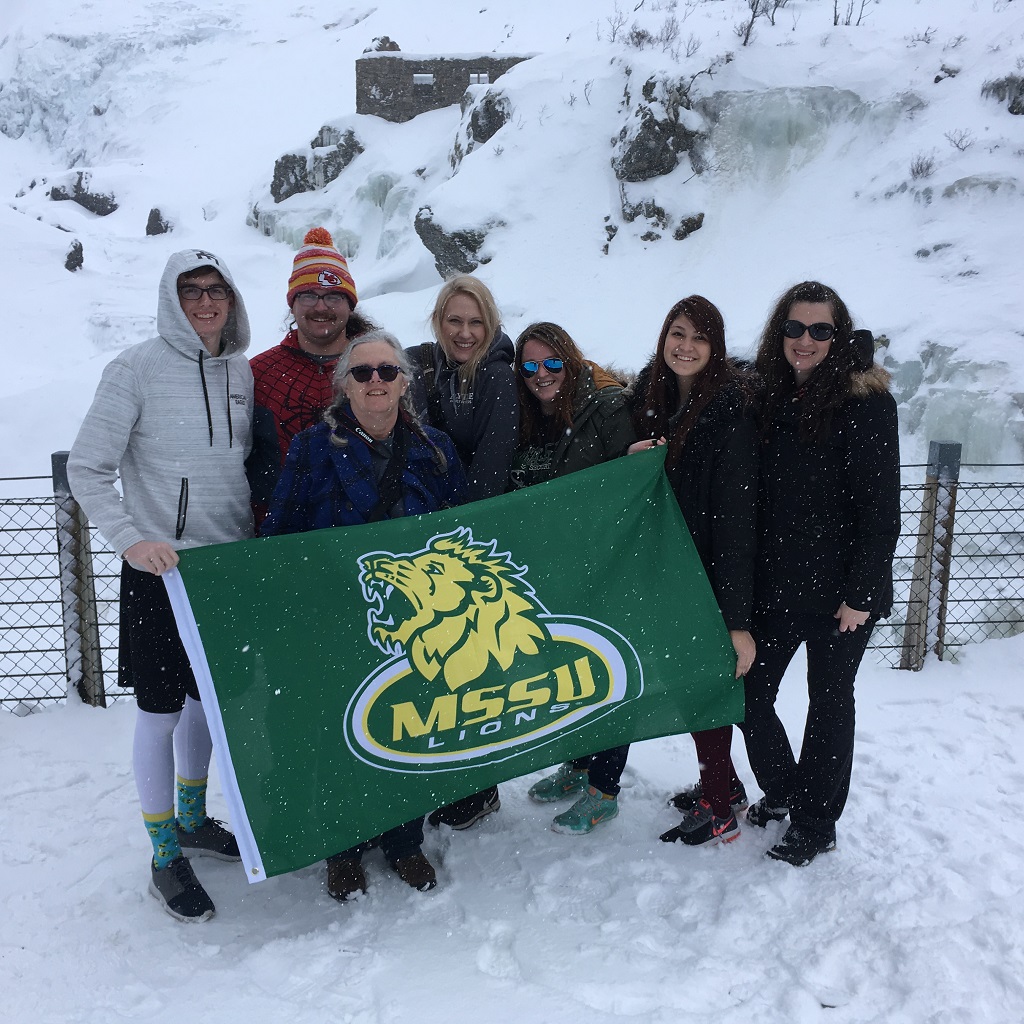 Aug. 13 through Aug. 31, 2018
Aug. 13 through Aug. 31, 2018
(Reception from 4 to 6 p.m. and talk by Dr. Christine Bentley at 4:30 p.m. Monday, Aug. 20, 2018)
MSSU Spiva Art Gallery
Admission: free
A group exhibition featuring artwork created by MSSU art and design students enrolled in the Spring 2018 International Art Seminar. This course culminated in a trip over spring break to study the art, culture, and landscape of Norway. The students traveled to Oslo, Flam, and Bergen, visiting art and cultural museums, national treasures, and historic sites. Students also participated in numerous cultural dinners and both coastal and inland fjord tours. The works of art created for this show were inspired by each student’s experiences throughout the trip. The students aim to express the history, landscape, and aesthetic of Norway within their art. They want the show to represent the beauty and culture of Norway in every aspect of their pieces.
The exhibition includes works of art by MSSU art and design majors Brett Dorrance, Jenson Maydew, Hunter Mills, Amber Wagner, Cicily Atkinson, and Susan Griffith. The trip was led by Dr. Christine Bentley, associate professor of art and design.
10:30 a.m. – 1:30 p.m. Thursday, Sept. 6, 2018 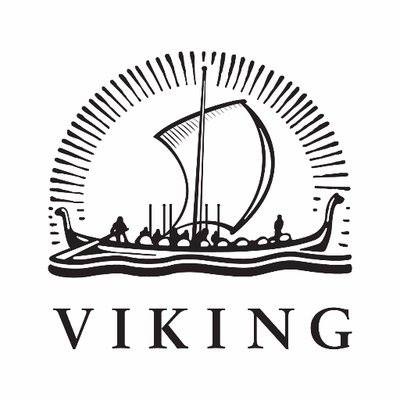 Lion’s Den
Lion’s Den
Admission: free (while supplies last)
Join the Campus Activities Board as we pay tribute to the Vikings of Scandinavia. Get your photo taken as if you were in the Viking Age.
8 a.m. to 5 p.m. Monday – Friday 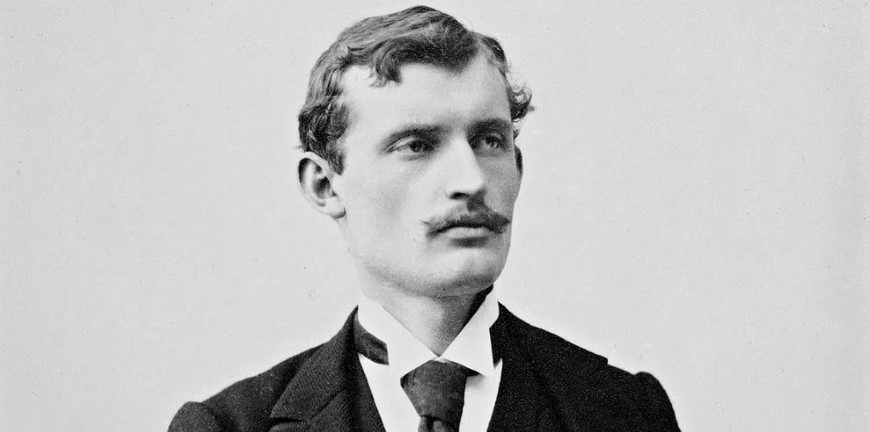 Sept. 10 through Oct. 19, 2018
Sept. 10 through Oct. 19, 2018
(Reception from 3 to 5 p.m. Friday, Sept. 14, 2018)
MSSU Spiva Art Gallery
Admission: free
Best known for his 1893 iconoclastic image known worldwide as “The Scream,” Norwegian artist Edvard Munch (1863–1944) is renowned for his expressionistic and psychological paintings, prints, and watercolors. Unknown to most, he also took photographs. On view for only the second time in the United States, this exhibition of rarely seen photographs and short films by Edvard Munch emphasizes the artist’s experimentalism and showcases his exploration of the camera as an expressive medium.
Curated by a leading specialist in early modern Scandinavian art, Dr. Patricia Berman, professor of art history at Wellesley College, the exhibition has been organized by the American-Scandinavian Foundation (ASF) in New York City in partnership with The Munch Museum in Oslo, Norway, which generously loaned the approximately 50 copy prints and films included in the exhibition.
This exhibition has been organized by the American-Scandinavian Foundation/Scandinavia House in partnership with the Munch Museum, Oslo. It was originally presented at Scandinavia House: The Nordic Center in America from November 21, 2017 to April 7, 2018.
9 a.m. Monday, Sept. 10, 2018 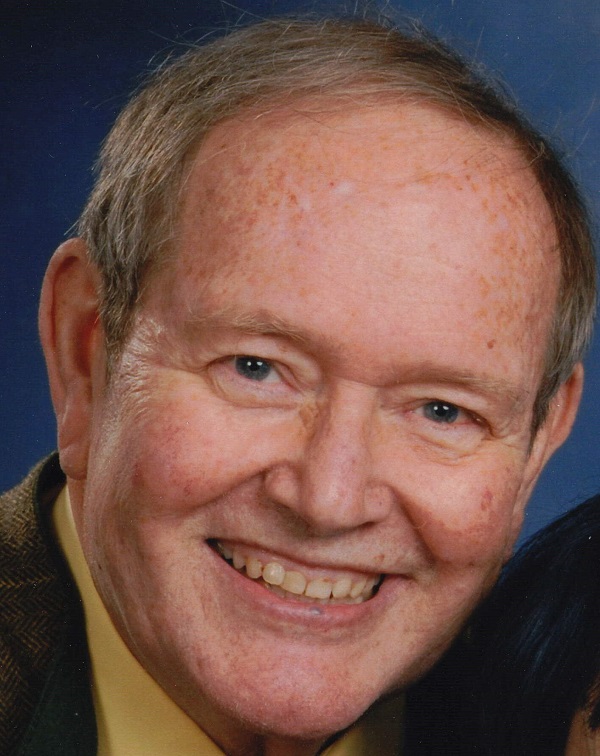 Corley Auditorium in Webster Hall
Corley Auditorium in Webster Hall
Admission: free
The history and development of Scandinavian languages as they evolved from Proto-Norse and gradually became modern Icelandic, Faroese, Norwegian, Danish, and Swedish. Thor Heyerdahl’s (Norwegian adventurer and ethnographer with a background in zoology, botany, and geography) hypothesis is that the Scandinavian peoples originally came from Asia, as supported by DNA analysis and the Heimskringla, the best known of the Old Norse kings’ sagas. It was written in Old Norse in Iceland by the poet and historian Snorri Sturluson, ca. 1230. Comparisons of Phoenician, Tifinagh, Algonquin, and Medieval languages will be illustrated. Internet resources for further Scandinavian language study and opportunities to study in Scandinavia will be discussed to provide information for students wishing to broaden their global knowledge and education.
Eric Hinrichs is president of the Danish Club of St. Louis and a strategic intelligence analyst with the American Military University. He has a Ph.D. in theology from the Atlantic Coast College of the Bible and Seminary and is certified as a Level III systems engineer by the Defense Acquisition University and as a NATO electronics warfare instructor. He has a master’s in economics from the University of Oklahoma, a master’s in strategic intelligence from the American Military University, and a bachelor’s in German literature from the University of the State of New York. He is a member of the Swedish Council of St. Louis, the Viking Club of St. Louis, the Norwegian Society of St. Louis, and the American-Scandinavian Foundation. Dr. Hinrichs is the author of 500 Years of Viking Presence in America (2014), Bronze Age Norse and Vikings in the World: 3000 Years of Linguistic and Scientific Evidence (2018), The Russian-Ukrainian War of 2014 (2018), and 15 other books on Nordic languages, European politics, and economics.
11 a.m. Monday, Sept. 10, 2018  Corley Auditorium in Webster Hall
Corley Auditorium in Webster Hall
Admission: free
This is an overview of Scandinavian history beginning from the Bronze Age and continuing up to approximately 2016 A.D. when Viking settlements in Newfoundland were discovered. The Norse founding of Kiev, Novgorod, and Moscow will also be discussed, as well as the Varangian guards in Constantinople (present day Istanbul). Evidence of Nordic explorers and American Indian interrelationships from 1700 B.C. until approximately 1500 A.D. will be presented based on linguistic, biological, historical artifacts, DNA, and cultural documentation (Icelandic sagas, Algonquin legends, and epigraphic inscriptions in North America). Most of the linguistic and historical material will be taken from Eric Hinrichs’ book, The History of Nordic Languages.
Eric Hinrichs is president of the Danish Club of St. Louis and a strategic intelligence analyst with the American Military University. He has a Ph.D. in theology from the Atlantic Coast College of the Bible and Seminary and is certified as a Level III systems engineer by the Defense Acquisition University and as a NATO electronics warfare instructor. He has a master’s in economics from the University of Oklahoma, a master’s in strategic intelligence from the American Military University, and a bachelor’s in German literature from the University of the State of New York. He is a member of the Swedish Council of St. Louis, the Viking Club of St. Louis, the Norwegian Society of St. Louis, and the American-Scandinavian Foundation. Dr. Hinrichs is the author of 500 Years of Viking Presence in America (2014), Bronze Age Norse and Vikings in the World: 3000 Years of Linguistic and Scientific Evidence (2018), The Russian-Ukrainian War of 2014 (2018), and 15 other books on Nordic languages, European politics, and economics.
1 p.m. Monday, Sept. 10, 2018  Corley Auditorium in Webster Hall
Corley Auditorium in Webster Hall
Admission: free
Scandinavian social welfare systems, economics and politics, the relationships with the European Union and the North Atlantic Treaty Organization (NATO), and demographic issues will be outlined. The complex political and economic relationship with Russia will be discussed, as well as the threats to global and domestic security in Scandinavia. Eric Hinrichs’ book, The Russian-Ukrainian War of 2014, describes the economic dependency of Scandinavia on Russian gas and oil resources, and the weakening of the NATO and EU bonds of friendship and mutual support with the United States. Undergraduate and graduate study opportunities in Scandinavian countries for American students who wish to gain knowledge of contemporary political and economic issues will be discussed.
Eric Hinrichs is president of the Danish Club of St. Louis and a strategic intelligence analyst with the American Military University. He has a Ph.D. in theology from the Atlantic Coast College of the Bible and Seminary and is certified as a Level III systems engineer by the Defense Acquisition University and as a NATO electronics warfare instructor. He has a master’s in economics from the University of Oklahoma, a master’s in strategic intelligence from the American Military University, and a bachelor’s in German literature from the University of the State of New York. He is a member of the Swedish Council of St. Louis, the Viking Club of St. Louis, the Norwegian Society of St. Louis, and the American-Scandinavian Foundation. Dr. Hinrichs is the author of 500 Years of Viking Presence in America (2014), Bronze Age Norse and Vikings in the World: 3000 Years of Linguistic and Scientific Evidence (2018), The Russian-Ukrainian War of 2014 (2018), and 15 other books on Nordic languages, European politics, and economics.
1 p.m. Friday, Sept. 14, 2018 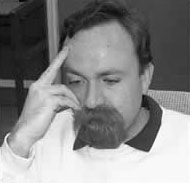 Corley Auditorium in Webster Hall
Corley Auditorium in Webster Hall
Admission: free
Landscape painting has often been appreciated for its ideological content: as a source of nationalist pride, or an invitation to wonder at the magnificence of nature and its bounty, etc. But landscape paintings can also refer to more direct meanings, as records of artists’ and audiences’ attitudes towards the land, itself. This talk considers this other side of landscape painting by considering not only the historical and philosophical meanings contained within painted landscapes, but also the extent to which these paintings documented a material and living relationship with the land. Human interventions in the landscape – for instance, through agriculture and land-use reform – had significant consequences for larger public attitudes toward landscape ideology: consequences to which these paintings often referred.
Dr. Thor J. Mednick, an associate professor of art history at the University of Toledo, is an internationally recognized expert of 19th century Danish art. A former faculty member at MSSU, he has also been a visiting scholar at the University of Copenhagen and the University of California at Los Angeles, and a visiting professor at Fuglsang Museum and Faaborg Museum, in Denmark. His research areas include Scandinavian art, especially P.S. Krøyer and the Skagen School of Painters and the painter Vilhelm Hammershøi. He is co-editor, with Dr. Michelle Facos, of the book, The Symbolist Roots of Modern Art.
2 p.m. Friday, Sept. 14, 2018 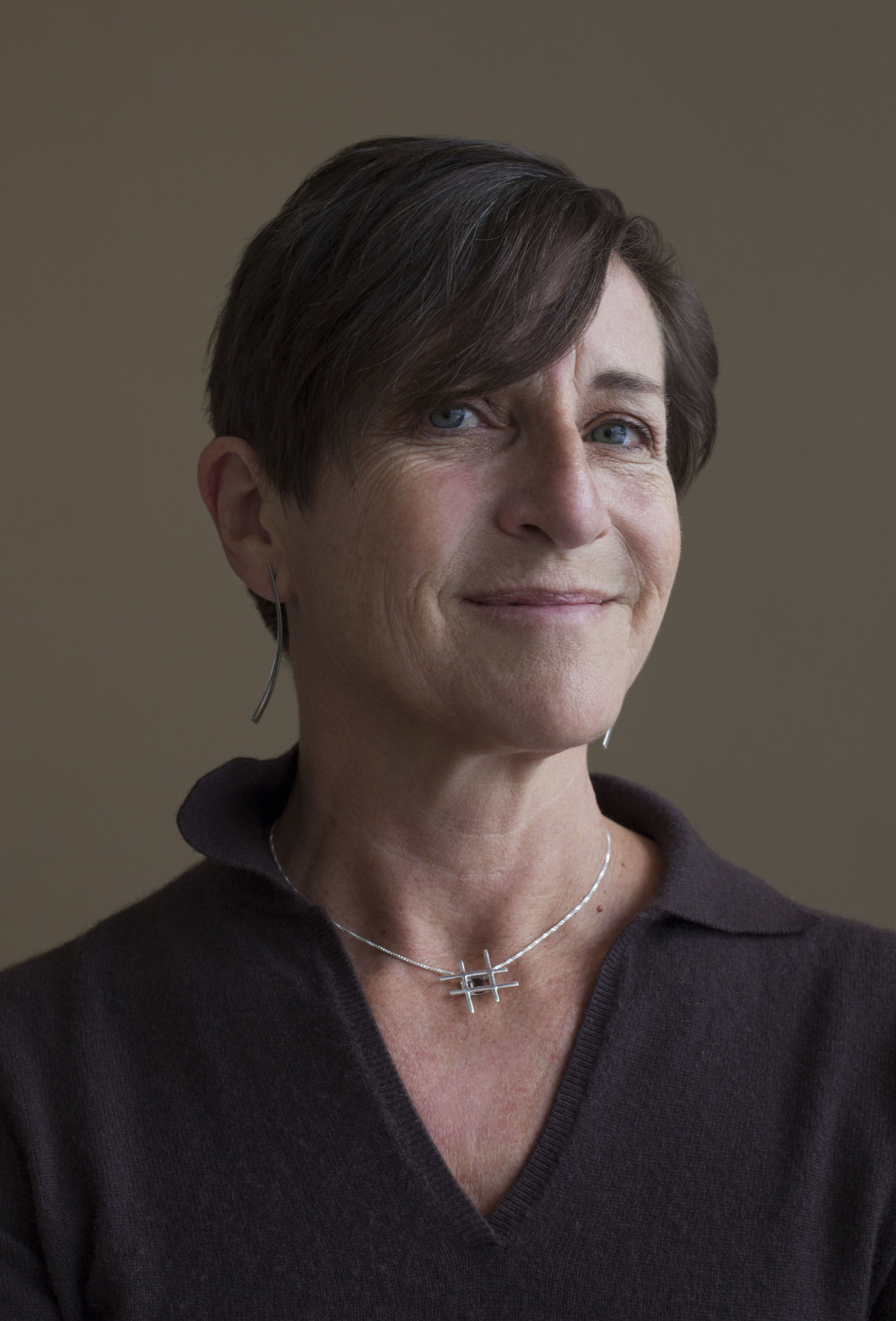 Corley Auditorium in Webster Hall
Corley Auditorium in Webster Hall
Admission: free
Edvard Munch (1863-1944) was one of the most experimental and influential artists of the fin de siècle (end of the 19th century). Born in Norway, he achieved fame throughout Europe by the time of the outbreak of the Great War and is today globally associated with “The Scream,” a painting of radical distortion and expression. Munch was also an extraordinarily theatrical and perceptive self-portraitist, creating images in paint, the graphic arts, and photography that in turn mask and disclose his experiences, beliefs, and sense of irony. This talk will examine the artist’s studio practices and career in relation to his self-images rendered using the mirror and the camera.
Dr. Patricia Gray Berman, the Theodora L. and Stanley H. Feldberg Professor of Art at Wellesley College in Massachusetts, is an internationally recognized expert in Scandinavian art. From 2010-2015, she held a faculty position at the University of Oslo (Norway), where she continues to be part of a research project titled “Edvard Munch, Modernism, and Modernity.” This project has resulted in her serving as lead curator for The Experimental Self: Edvard Munch’s Photography, which will be exhibiting at MSSU as part of the Nordic Semester. Her research areas include turn-of-the-(20th) century European art, especially that of Scandinavia, and mid-century modern American painting and photography. Her books include studies of the artists Edvard Munch and James Ensor, and of Danish painting in the 19th century.
 1 p.m. Tuesday, Sept. 18, 2018
1 p.m. Tuesday, Sept. 18, 2018
Phelps Theater
Admission: free
Fika is a big part of the everyday life of most Swedes. It’s much more than just a coffee break; it’s a time when Swedes socialize with friends, colleagues, and coworkers. Kellen Adams and Carly Bayans experienced this unique tradition during their semester abroad last spring at Linnaeus University in Växjö, Sweden. Peyton Rogers, who spent the semester at the University of Jyväskylä in Finland, will relate some of the unusual adventures she had. All three students will discuss the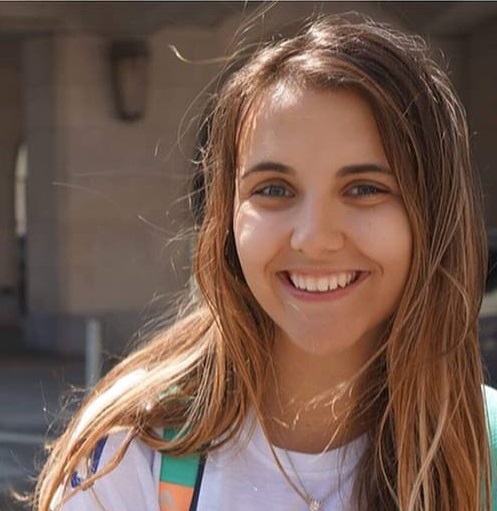 additional trips they were able to take and their recommendations on studying abroad.
additional trips they were able to take and their recommendations on studying abroad.
Kellen Adams is a junior health promotions and wellness major from Carl Junction. A member of the Honors Program, he is active with the Campus Activities Board and intramural sports. Carly Bayans is a junior nursing major from Republic. She is a resident assistant on campus, works for the athletic department, and is communications director of the Campus Activities Board. Peyton Rogers is a 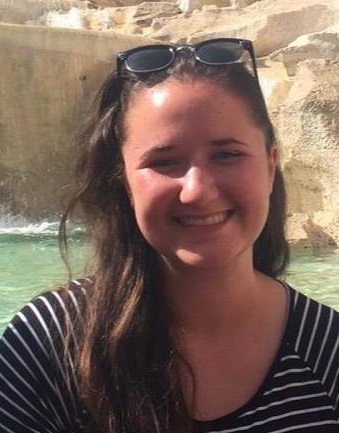 sophomore elementary education major from Webb City. A member of the Honors Program, she hopes to obtain a master’s degree or teach English abroad.
sophomore elementary education major from Webb City. A member of the Honors Program, she hopes to obtain a master’s degree or teach English abroad.
10 a.m. Monday, Sept. 24, 2018
Corley Auditorium in Webster Hall
Admission: free
The Nordic region is heralded as a model for environmental protection and conversation on the world’s stage. The 2009 Copenhagen Accord only elevated the imagination of this region as an example for others to follow. How well do these nations (Norway, Sweden, Denmark, Finland, and Iceland) actually live up to this identity? Investigating domestic and international policies provides significant challenges to the pristine image of this region.
12 p.m. Monday, Sept. 24, 2018
Corley Auditorium in Webster Hall
Admission: free
Netflix’s first original production was “Lilyhammer,” a show about a New York City mob boss who relocates to Lillehammer, Norway when he enters the witness protection program. The premiere of this show on Netflix began a trend for the online streaming source to hold a significant number of Norwegian shows in its canon. While Norway has not been globally known as an excellent producer of television or film, Netflix is providing Norway a new platform that has generated much attention to several shows on the global audience beyond “Lilyhammer.” This talk will investigate several of the recent television shows and how they present Norway as an intriguing subject for global audiences.
1 p.m. Monday, Sept. 24, 2018 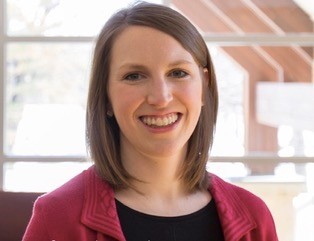 Corley Auditorium in Webster Hall
Corley Auditorium in Webster Hall
Admission: free
Norway achieved national sovereignty only in 1905. The country’s rich history and strong connection to its Viking past often characterizes it as a country with a long history and common identity. This presentation will investigate the fragments and tensions underlying the conception of the Norwegian state and how the cultural and historical roots of the nation continue to shape Norway’s contemporary identity.
Maren Anderson Johnson is an assistant professor and director of Nordic studies at Luther College in Decorah, Iowa. She received her Ph.D. and M.A. in Scandinavian language and literature from the University of Washington, where she was the recipient of the Nadia Christensen Endowment and the Kielland-Løvdahl Fellowship to complete her dissertation at the Ibsen Center at the University of Oslo. At Luther, she teaches courses in Norwegian language, Nordic TV, literature, and Nordic approaches to sustainability.
10 a.m. Wednesday, Sept. 26, 2018 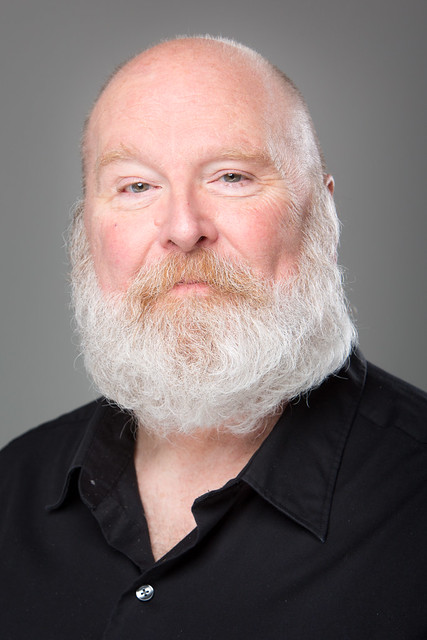 Corley Auditorium in Webster Hall
Corley Auditorium in Webster Hall
Admission: free
The great Norwegian playwright Henrik Ibsen is known as the “Father of Realism.” For over a century, he has stood as one of the international pillars of the theatre. What did he do that was so different? Why did his work generate such polar reactions of admiration and disdain? Dr. Jim Lile is your guide through the life and career of this amazingly influential theatre artist.
Dr. Lile joined the Theatre Department faculty in 2004 and served as department chair for eight years. He earned his B.A. and M.A. in theatre at East Texas State University (now Texas A&M University-Commerce) and his Ph.D. in theatre history and criticism at Kent State University.
Equally at home in rehearsal or in the classroom, Dr. Lile brings a wealth of teaching, acting, directing, and design experience gathered over three decades from schools and theatres in Texas, Ohio, Virginia, and West Virginia.
5:30 p.m. Wednesday, Sept. 26, 2018 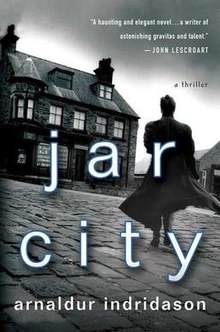 Joplin Avenue Coffee Company
Joplin Avenue Coffee Company
506 S. Joplin Ave.
Admission: free
Immerse yourself in the very popular Nordic Noir genre by taking part in a book club for all readers and co-hosted by the English honor society Sigma Tau Delta. Pick up a copy of Jar City: A Reykjavík Thriller by Arnaldur Indridason in Webster Hall 337 (while supplies last) and join us on the fourth Wednesday of every month at 5:30 p.m. We will be reading the book in three parts, starting on Sept. 26 at Joplin Avenue Coffee Company, Oct. 24 at the Joplin Public Library, and finishing up on Nov. 28 on the first floor of Spiva Library at MSSU. This book club is open to the public, and snacks will be provided.
7 p.m. Friday, Sept. 28, 2018 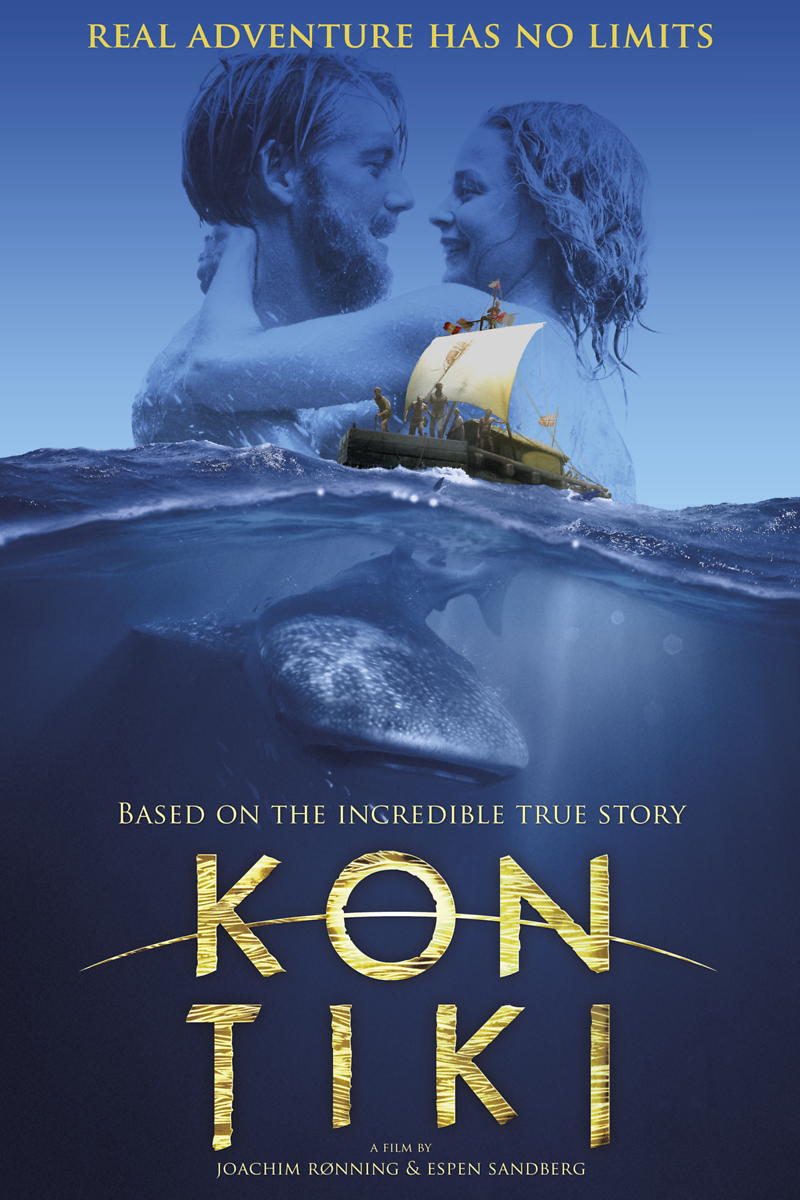 Phelps Theater
Phelps Theater
Admission: free
(director Joachim Rønning and Espen Sandberg, 2012, 114 minutes)
Norwegian explorer Thor Heyerdahl’s epic 4,300-mile crossing of the Pacific Ocean on a balsawood raft in 1947 proved that it was possible for South Americans to settle in Polynesia in pre-Columbian times. This 2012 historical drama movie was nominated for an Academy Award for Best Foreign Language Film. Sponsored by the Campus Activities Board (CAB).
9:30 a.m., 11:00 a.m., and 6:00 p.m. Tuesday, Oct. 2, 2018 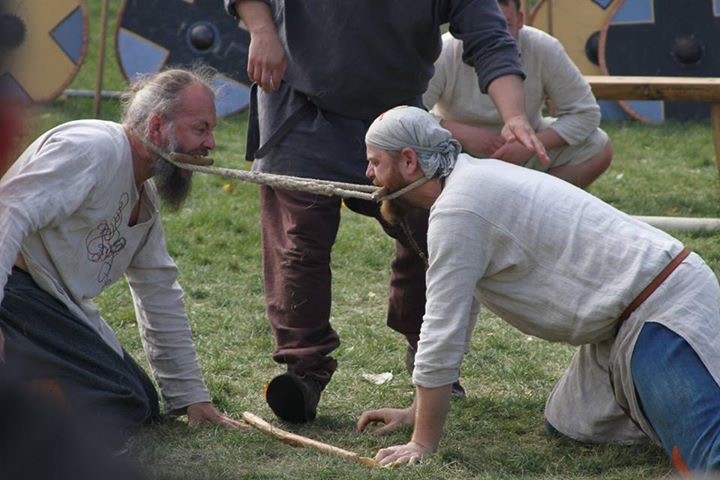
Robert Ellis Young Gymnasium
Admission: free
Almost 28 years ago the group Telge Glima was founded in Södertälje near Stockholm, Sweden. The founders came together with a mutual interest in history and an interest to practice and show old sports and games. The society’s main goal is to show old Nordic games and sports, and try to keep alive the enormous treasure of fun games and sports of the Scandinavian culture from the Viking Age until the 19th century and the games the farmhands and other people played back then. Telge Glima has traveled around all of Scandinavia and many other European countries showing this spectacular form of Scandinavian culture.
The games have names like ”Badger the Bear,” ”Hitting the Jug” or ”Master of the Circle,” “Backwards Leap,” “Liphook” (this one hurts), “Sitting on a Bench” (this one hurts even more) – different tugs of war, wrestling games, agility games, sheer stupid-but-fun-to-watch-games, and the old northern wrestling form called “Glima.” The old games and sports that are performed, played, and tested by Telge Glíma were originally part of the everyday life of the Vikings, farmers, workers, and burgess. During Telge Glima’s shows, people are never invited to participate because the risk of actually being injured is too great. 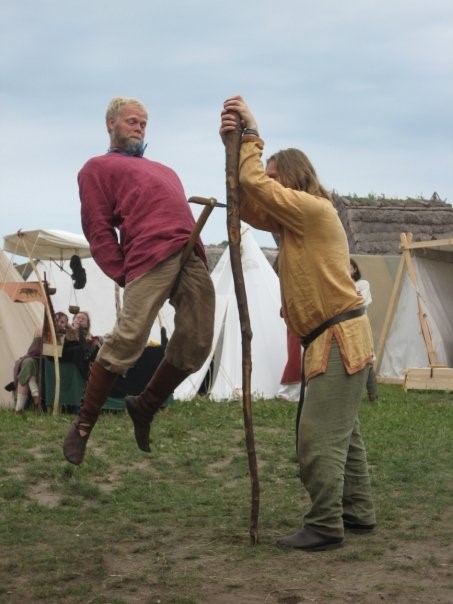
The games, however, are usually very easy to play and require only your body, a rope, a stick, or some other everyday tool. Using these simple means you can practice hundreds of different games and sports that test your agility, swiftness, strength, hardness, and flexibility, by yourself, against others, or in groups. Some of the games are more violent than others.
Telge Glima has about 25 members with different backgrounds, including a blacksmith, a chiropractor, a web designer, a computer tech, a few firefighters, an art designer, a principal, and many more. What they all have in common is the love of combining history with bruises!
7:30 p.m. Tuesday, Oct. 2, 2018 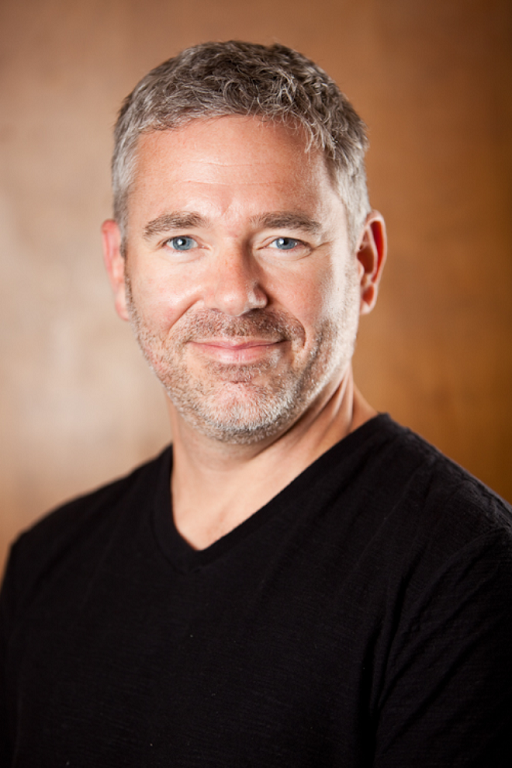
Faith Lutheran Church
2134 South Grand Ave.
Carthage, Missouri
Admission: free
This lecture-demonstration, featuring the Missouri Southern Chamber Singers, will focus on the importance of choral music – the traditions, composers, and ensembles – and the implication it has had in shaping the values-based learning outcomes in public schooling. It will specifically highlight the Estonian National Song Festival, which has had a substantial impact on enriching the poise of a nation, albeit the identity of a region. The Missouri Southern Chamber Singers, under the direction of Dr. David L. Sharlow, performed concerts in Sweden, Estonia, and Finland during a 10-day trip in June 2018.
7:30 p.m. Wednesday-Saturday, Oct. 3-6, 2018 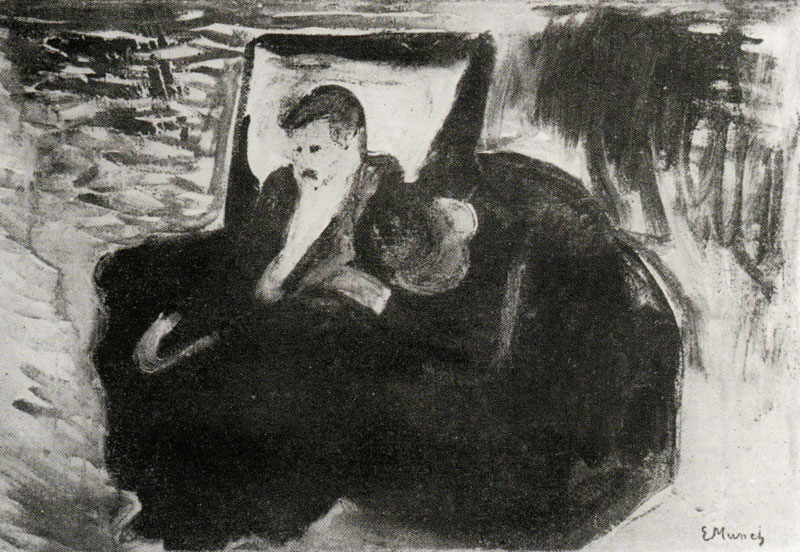 Bud Walton Theatre
Bud Walton Theatre
Admission: $7 for adults and $5 for students and senior citizens
Southern Theatre presents Henrik Ibsen’s masterful work about the corrosive effects that the past can have upon the present. Upon its premiere in England in 1891, Ghosts was angrily dismissed as “an open drain” and “literary carrion.” The play remains, however, as a powerful example of realistic play writing, with a spellbinding plot and complex characters that continue to attract the world’s finest actors.
12 p.m. Wednesday, Oct. 3, 2018 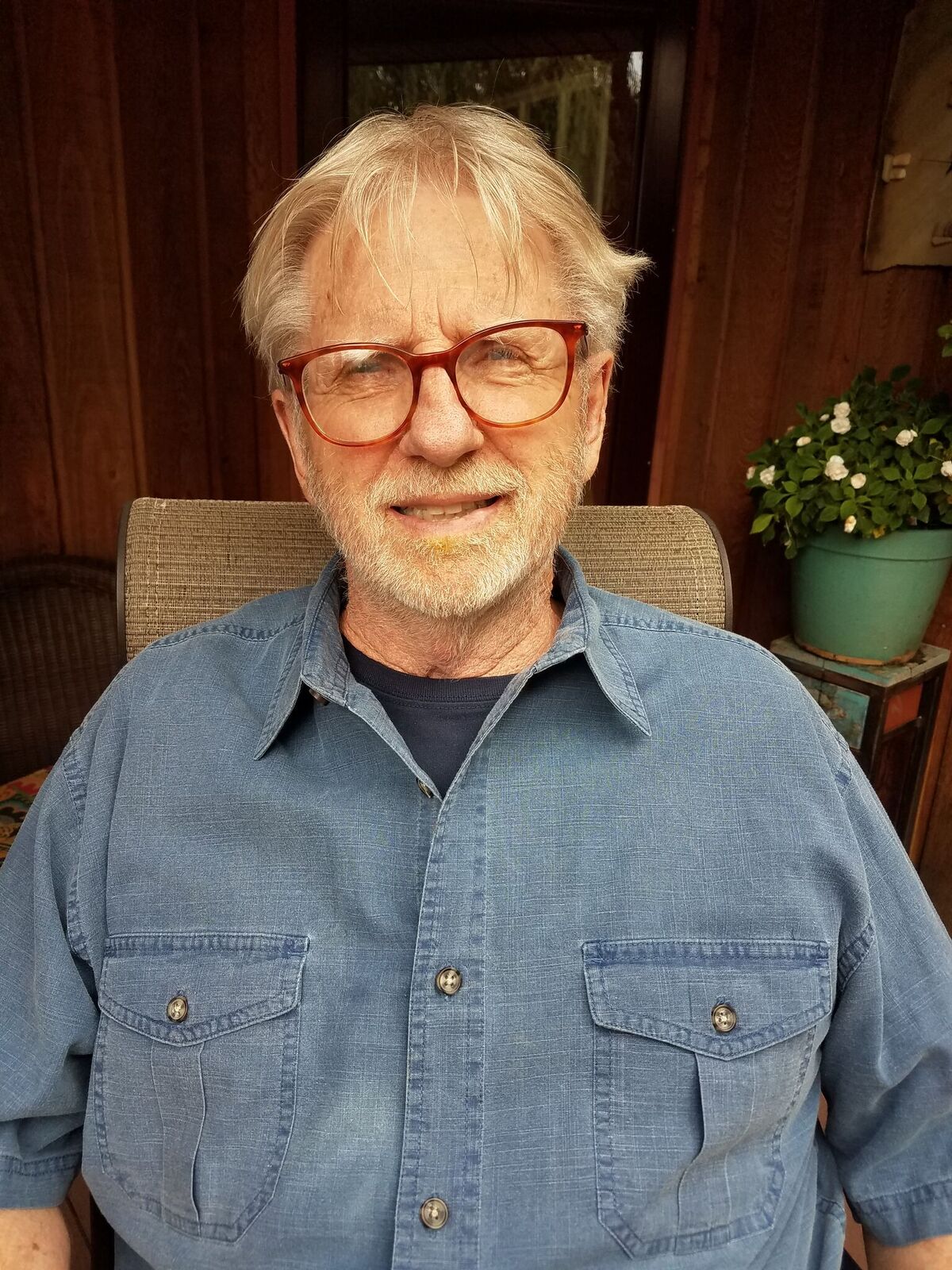 Room 202, Fine Arts Building
Room 202, Fine Arts Building
Admission: open to Department of Art and Design students and faculty only
Jim Bray made his first visit to Sweden in 1977 and was privileged to meet Queen Silvia and attend the Nobel Peace Prize festival. He has returned 25 times, taking students on the annual Summer in Sweden program and teaching watercolor classes to local Swedes. Bray will discuss such topics as art in Swedish public places, art in the environment, lighting and landscapes, how Swedes take care of their country, and Swedish humanitarian efforts.
Jim Bray, former chair of MSSU’s Department of Art and Design, has established an international reputation with his work in watercolor and collage. He has taught and exhibited in Japan and numerous times in Sweden, where he developed a following at the Mullsjö Folkhögskola. Prior to coming to MSSU in 1992, he was department chairman at Phillips University in Enid, Okla. He also worked for Hallmark Cards in Kansas City as a designer, illustrator, and art recruiter, and later as art director for the Hallmark Contemporary Design Studio.
6 p.m. Thursday, Oct. 4, 2018  Room 309, Billingsly Student Center
Room 309, Billingsly Student Center
Admission: $20 for dinner
RSVP to Joan Kearney at 417-625-9563 or kearney-j@mssu.edu
Upon arriving at MSSU in 1992 as chair of the Department of Art and Design, Jim Bray wasted little time in planning the annual Summer in Sweden study abroad program. Bray took 10 students to the Mullsjö Folkhögskola for five weeks in 1994, and the program has continued every summer since then. To date, 15 faculty leaders have taken a total of 186 students to Sweden, where they have studied with the renowned photographer Örjan Henriksson, a member of the Mullsjö Folkhögskola faculty. Bray and other participants will reminisce at this informal dinner.
9 a.m. Wednesday, Oct. 10, 2018 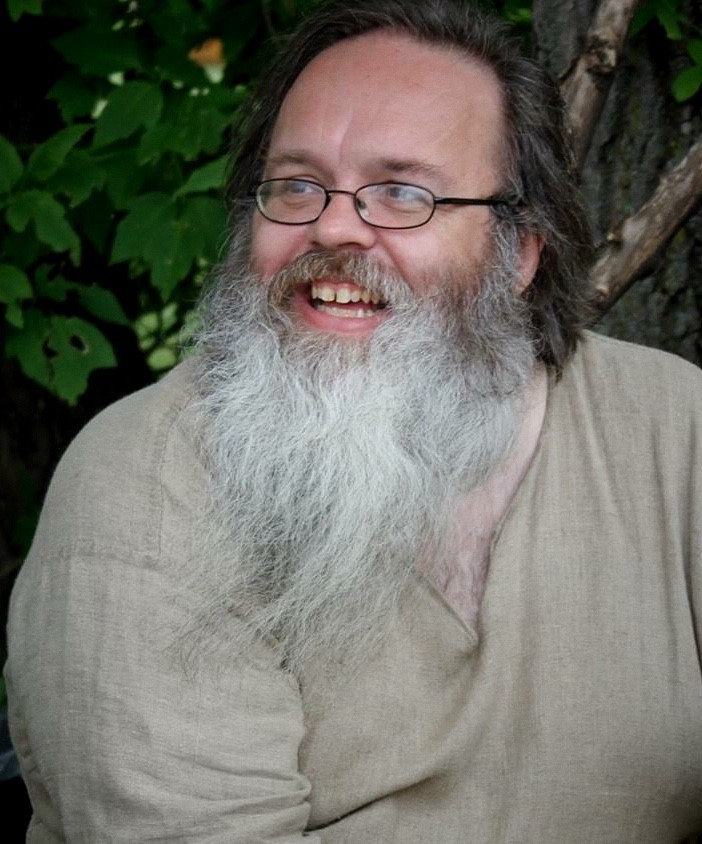 Corley Auditorium in Webster Hall
Corley Auditorium in Webster Hall
Admission: free
Food has always been one of the most important aspects of life, and we do not eat just to survive but for pleasure as well. But how can we gain some insights into tastes and food cultures of the past? Through experimental archaeology and culinary history, Daniel Serra has tried to recreate and interpret food and food cultures of the past.
11 a.m. Wednesday, Oct. 10, 2018
Corley Auditorium in Webster Hall
Admission: free
Take a tour back to Viking-age Scandinavia and learn more about the tastes, ingredients and cooking methods of the time. Daniel Serra researched Viking-age food and will give you some insights into what one would have eaten during the Viking age.
1 p.m. Wednesday, Oct. 10, 2018 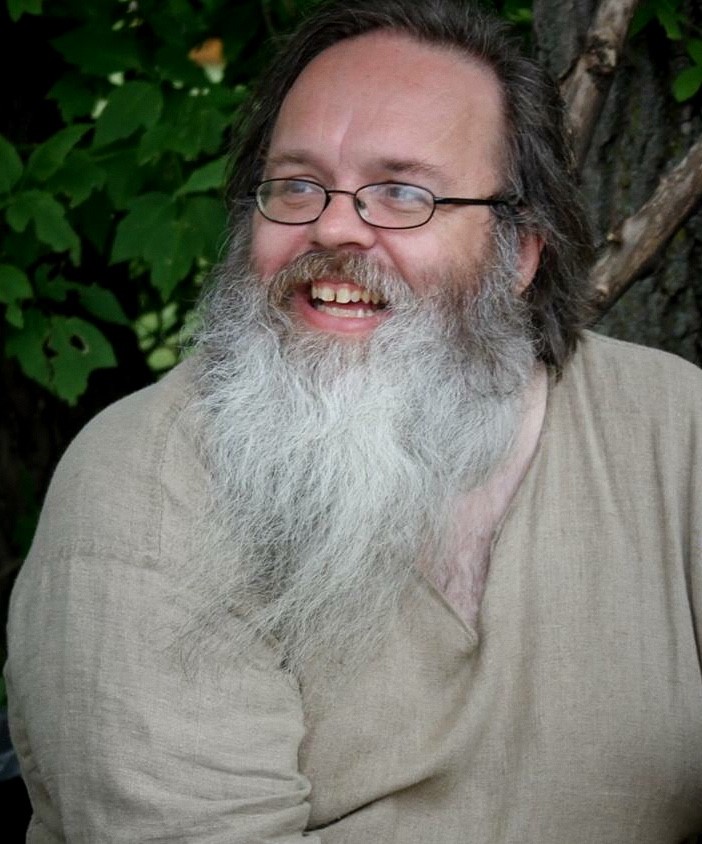 Corley Auditorium in Webster Hall
Corley Auditorium in Webster Hall
Admission: free
After the end of the Viking age, Scandinavian food culture changed due to contacts and cultural influences. The upper classes were inspired by dishes of continental Europe, and we start to get some literature that can give us more insights into the food culture. In this presentation Daniel Serra will look at the food for both highs and lows in Scandinavia at the time.
Daniel Serra discovered his interest in historical food when he started to study archaeology in the early 1990s. As a student he experimented with ancient Roman, medieval, and renaissance recipes. After graduating he and a friend started a medieval catering business in which they served both food and facts. In 2003 he was accepted as a Ph.D. student with the aim to research the Viking age food culture. Parallel to his ongoing work on a doctoral thesis in the subject, he has been working actively with experimental archaeology in order to get a better understanding of the cooking methods and culinary possibilities of the Viking age and medieval cuisine.
Daniel is now a leading expert on Viking age food and highly sought after for lectures, workshops, and other arrangements. His research has produced two cookbooks, including An Early Meal: A Viking Age Cookbook & Culinary Odyssey, which was nominated as best historical cookbook at the International Association of Culinary Professionals awards in 2014 and has been popular with museums and re-enactors alike.
7:30 p.m., Friday, October 12, 2018
Taylor Performing Arts Center
Admission: free
Enjoy the pastoral sounds of Norwegian composer Edvard Grieg as the Southern Symphony Orchestra presents Peer Gynt Suite No. 1 in the Taylor Performing Arts center. Admission is free.
9:30 a.m. Thursday, Oct. 18, 2018 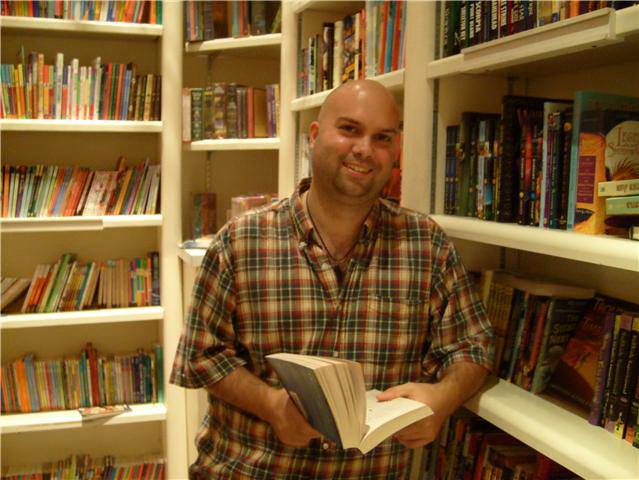 Corley Auditorium in Webster Hall
Corley Auditorium in Webster Hall
Admission: free
As one of Denmark’s most famous authors, Hans Christian Anderson was a writer known for his travelogues, his poetry, and his contributions to children’s literature. This lecture will explore how Anderson’s personal life influenced his writings, especially in regard to the many fairy tales he wrote, such as “The Little Mermaid” and “The Ugly Duckling.” It will also discuss his influence on the formation of the literary fairy tale and his relevance in today’s popular culture, as evidenced by films like Disney’s Frozen.
Michael Howarth received his bachelor’s degree in English from James Madison University and an M.F.A. in creative writing from the University of Alaska at Anchorage. He completed his Ph.D. in children’s literature at the University of Louisiana at Lafayette He currently teaches children’s literature and film studies at Missouri Southern State University, where he also directs the Honors Program. His critical text Under the Bed, Creeping: Psychoanalyzing the Gothic in Children’s Literature was published by McFarland & Co. in 2014. His young adult novel Fair Weather Ninjas was published in July 2016 by Lamar University Literary Press.
10 a.m. Monday, Oct. 22, 2018 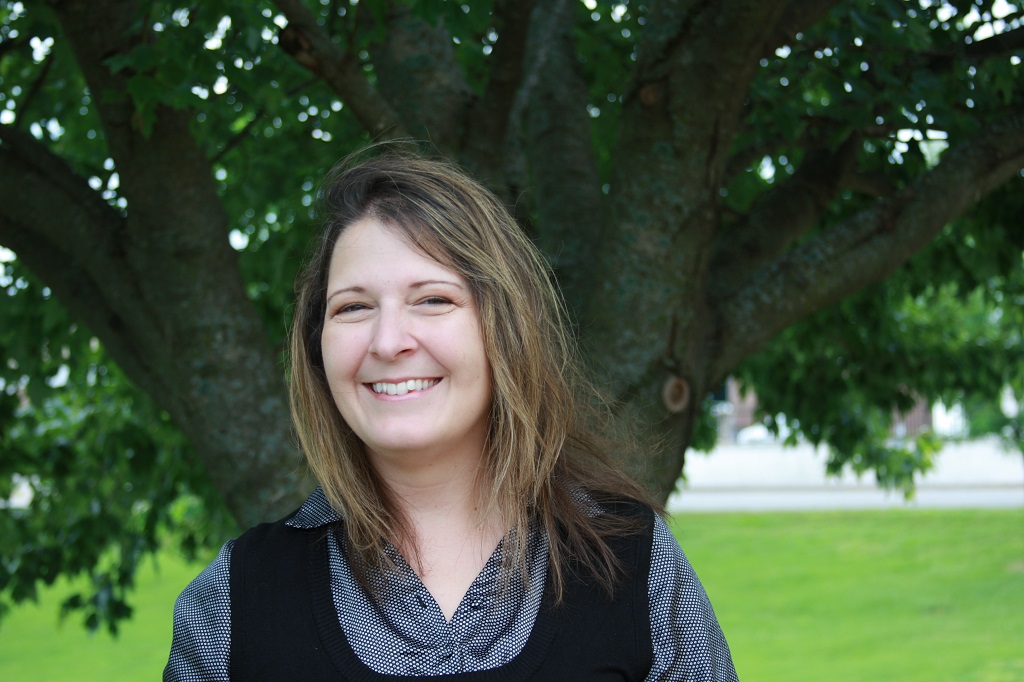 Cornell Auditorium in Plaster Hall
Cornell Auditorium in Plaster Hall
Admission: free
Much of what people know about Vikings is exaggerated. While it is true that they were violent invaders and fearless explorers, there is more to the story. They influenced literature and culture in profound ways, as evidenced by a Danish king on the English throne for nearly 20 years. We can learn much about the culture by looking at the literary sagas as well as the contemporary histories of societies who suffered under the threat of Viking invasion. These documents provide a clearer picture of the Scandinavian peoples who came to be labeled “Vikings.”
Rebecca Mouser received her Ph.D. in medieval literature from the University of Missouri in July 2013 under the direction of Dr. John Miles Foley and Dr. Emma Lipton. She specializes in Old English literature and oral tradition. After serving as a postdoctoral fellow for the University of Missouri for one year, she accepted a position in July 2014 as an assistant professor in the Department of English and Philosophy at Missouri Southern State University, where she currently teaches early British literature and linguistics as well as writing. Her most recent article, “Teaching Oral Tradition through Medieval Materiality,” is forthcoming in Studies in Medieval and Renaissance Teaching.
11 a.m. Wednesday, Oct. 24, 2018 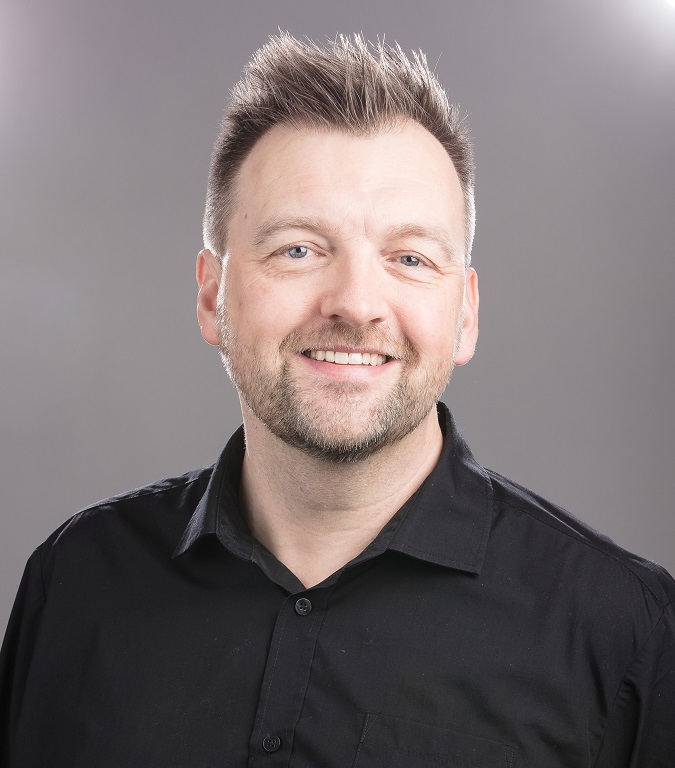 Corley Auditorium in Webster Hall
Corley Auditorium in Webster Hall
Admission: free
Although ABBA was strongly influenced by rock and pop music from the United States and Great Britain, there was something unmistakably Nordic about their music, setting them apart from everybody else. Swedish folk music has been a lifelong passion for founder member and main composer Benny Andersson, coloring his music-making throughout the decades. In this presentation we learn how those influences and other distinctly European musical traditions found their way into ABBA’s tunes, making their music unique.
Carl Magnus Palm is the world’s leading ABBA historian and the author of several books about the group, such as the acclaimed biography Bright Lights, Dark Shadows – The Real Story of ABBA (Omnibus Press 2001; revised edition 2014). Palm has researched and written about the group for 25 years and is also a consultant for the record company Polar Music when ABBA’s music is re-released on CD and DVD, as well as a contributor to ABBA The Museum in Stockholm. Palm has frequently talked about ABBA on TV and radio in the U.S., Australia, the U.K., Germany, and other countries in continental Europe. His latest book is ABBA – The Complete Recording Sessions (2017), which ABBA’s Björn Ulvaeus called “a fantastic work.”
5:30 p.m. Wednesday, Oct. 24, 2018  Joplin Public Library
Joplin Public Library
1901 E. 20th St.
Admission: free
Immerse yourself in the very popular Nordic Noir genre by taking part in a book club for all readers and co-hosted by the English honor society Sigma Tau Delta. Pick up a copy of Jar City: A Reykjavík Thriller by Arnaldur Indridason in Webster Hall 337 (while supplies last) and join us on the fourth Wednesday of every month at 5:30 p.m. We will be reading the book in three parts, starting on Sept. 26 at Joplin Avenue Coffee Company, Oct. 24 at the Joplin Public Library, and finishing up on Nov. 28 on the first floor of Spiva Library at MSSU. This book club is open to the public, and snacks will be provided.
11 a.m. Thursday, Oct. 25, 2018
Corley Auditorium in Webster Hall
Admission: free
In the early 1970s, the U.S. and the U.K. dominated the music landscape completely – no one wanted to know about pop music that came from the Nordic countries. But then a group from Sweden burst on the scene and did what no one had done before them. After humble beginnings and much struggle to break out of Scandinavia, ABBA conquered the world. Today, they are Rock & Roll Hall of Fame inductees and regarded as one of the all-time classic pop bands. This lecture will explore their story and explain how they managed to break down the barriers.
1 p.m. Thursday, Oct. 25, 2018  Cornell Auditorium in Plaster Hall
Cornell Auditorium in Plaster Hall
Admission: free
Question: What do “Cuckoo Waltz,” “How Great Thou Art,” “It Must Have Been Love,” and “Can’t Stop The Feeling!” have in common? Answer: They are all songs written by Swedes. The influx of Swedish songs in the United States began in the early 20th century but virtually exploded in the 1990s and beyond – today only John Lennon and Paul McCartney have had more U.S. No. 1 hits as songwriters than Swedish hit machine Max Martin. This presentation will take you on a journey from those early flash-in-the-pan hits to today, when Swedish songwriters and producers are hard currency in the United States.
Carl Magnus Palm is the world’s leading ABBA historian and the author of several books about the group, such as the acclaimed biography Bright Lights, Dark Shadows – The Real Story of ABBA (Omnibus Press 2001; revised edition 2014). Palm has researched and written about the group for 25 years and is also a consultant for the record company Polar Music when ABBA’s music is re-released on CD and DVD, as well as a contributor to ABBA The Museum in Stockholm. Palm has frequently talked about ABBA on TV and radio in the U.S,, Australia, the U.K., Germany, and other countries in continental Europe. His latest book is ABBA – The Complete Recording Sessions (2017), which ABBA’s Björn Ulvaeus called “a fantastic work.”
7:30 p.m. Tuesday, Oct. 30, 2018 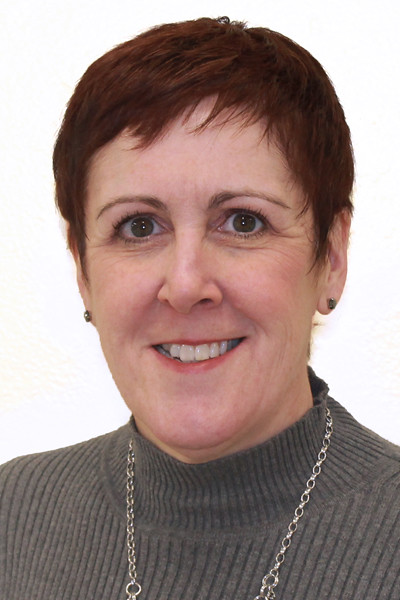 Corley Auditorium in Webster Hall
Corley Auditorium in Webster Hall
Admission: free
The Missouri Southern Department of Music presents an evening of Scandinavian solo songs and vocal ensembles sung in their original language. Directed by Dr. Susan K. Smith, the concert will feature MSSU student singers performing in Finnish, Norwegian, Swedish, and Danish. Following the concert, enjoy Scandinavian treats in the Corley Auditorium foyer.
9:30 a.m. Thursday, Nov. 1, 2018 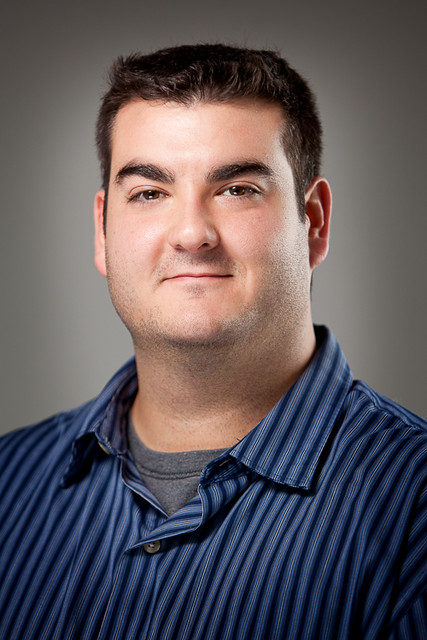 Corley Auditorium in Webster Hall
Corley Auditorium in Webster Hall
Admission: free
During the 2016 presidential primaries Bernie Sanders brought the term “Democratic Socialism” into the contemporary American political lexicon. He often used the Nordic countries of Denmark, Norway, Sweden, Finland, and Iceland to make the point that large social welfare programs can enhance democracy and the lives of the citizenry. However, the term “Democratic Socialism” is misleading because, while the Scandinavian countries do have large social safety net programs, they are still capitalist democracies, where the means of production are primarily held by private individuals and firms. This talk will outline Nordic capitalism as a political and economic system and discuss the benefits and costs of such a model. Lessons from this economic model will be entertained with specific attention to how this model may have beneficial or detrimental political and economic consequences for advanced industrial democracies.
Dr. Nicholas P. Nicoletti is an associate professor of political science at Missouri Southern State University. He received a Ph.D. in political science from the University at Buffalo, SUNY and a master’s of international studies and an M.B.A. from St. John Fisher College. His research interests focus on the relationship between domestic political processes and international relations. He is also the organizer of the international conference, The European Union and World Politics: The EU, Its Member States, and International Interactions, and the editor of a published volume of the same name. Dr. Nicoletti has published recent work on the democratic peace in International Theory and co-authored a book chapter in a volume on moral psychology for Springer Press.
9 a.m. Wednesday, Nov. 7, 2018
Cornell Auditorium in Plaster Hall
Admission: free
H&M was founded in Sweden in 1947 by Erling Persson after a trip to United States. He was impressed by the high volume and efficient stores. Three generations later, H&M is one of the largest fashion retailers in the world with over 171,000 employees and 800 million customers annually. H&M is listed as No. 23 on the world’s most valuable brands behind only two other fashion brands – Nike and Louis Vuitton.
While expanding rapidly, H&M asked two important questions: How do a you make a difference in the world where fashion spins faster and faster and the store never closes? And what will it take to close the loop and become a fully cyclical company? In order to be sustainable as a corporation you need to aim higher than what the government and stakeholders are requesting in the moment.
This presentation by an H&M executive based in New York will focus on how to help protect the planet by accelerating the shift from a linear to a circular fashion industry.
10 a.m. Wednesday, Nov. 7, 2018 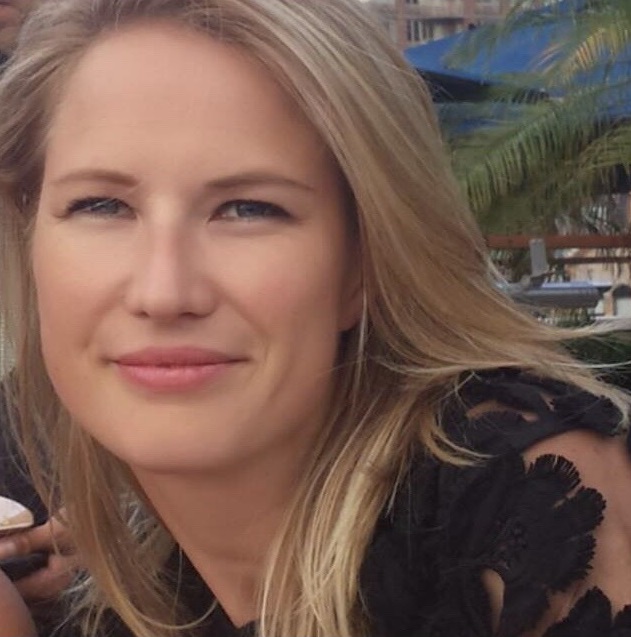 Cornell Auditorium in Plaster Hall
Cornell Auditorium in Plaster Hall
Admission: free
In Sweden, the optimal way to be is not to be the best – it’s to be lagom. So what can possibly be better than to be the best?
Lagom is a word that exists solely in the Swedish language. A rough translation would be “happy medium.” Not too hot; not too cold. Not too much; not too little.
By being lagom we are happy with reaching each plateau in life before climbing to the next.
There is a moment of being content. Taking in the moment and reflecting upon the nature around you. It helps you to be more present and aware.
Naturally with this rather relaxed approach to life, one of the most common questions a Swede will get is “How do you get anything done by aiming for lagom and taking month-long vacations?”
An H&M executive based in New York will discuss how Swedes find balance in life and why they need their daily fika.
Michaela Wallin is a business controller at H&M North American, based in New York. She grew up on a small island in the Swedish archipelago. A business controller at H&M works as an internal consultant who supports the buying office and sales organization with analysis and management. She offers support on operations, profitability, and educating sustainable buying.
Ms. Wallin is a graduate of the European Business School, Harvard University, and Stockholm University. She has also worked as a business controller in the H&M Sweden buying office and as a sales controller in the H&M United Kingdom and Ireland offices. She has been a lecturer at the Stockholm School of Economics in sustainable buying. In her spare time, she is an ironman triathlete.
7 p.m. Thursday, Nov. 8, 2018 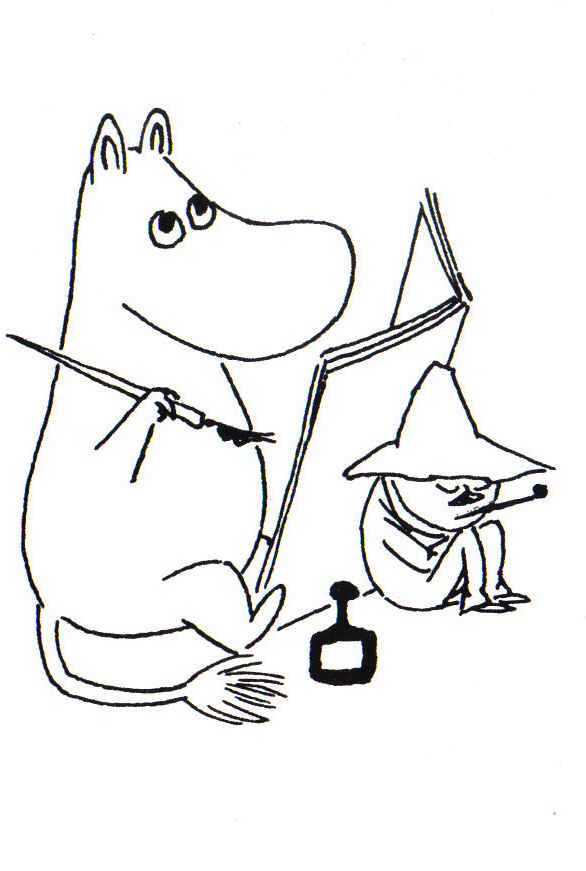 Corley Auditorium in Webster Hall
Corley Auditorium in Webster Hall
Admission: free
Treat yourself to a sampling of Nordic literature read by students affiliated with the Missouri Southern English Department and Sigma Tau Delta. Introduced by Professor Cliff Toliver, the readings will be drawn from various genres ranging from sagas to poetry to fiction and will highlight work from all five Nordic countries: Denmark, Norway, Sweden, Finland, and Iceland. Learn more about the authors and experience the power of their works. All readings in English translation.
9:30 a.m. Tuesday, Nov. 13, 2018 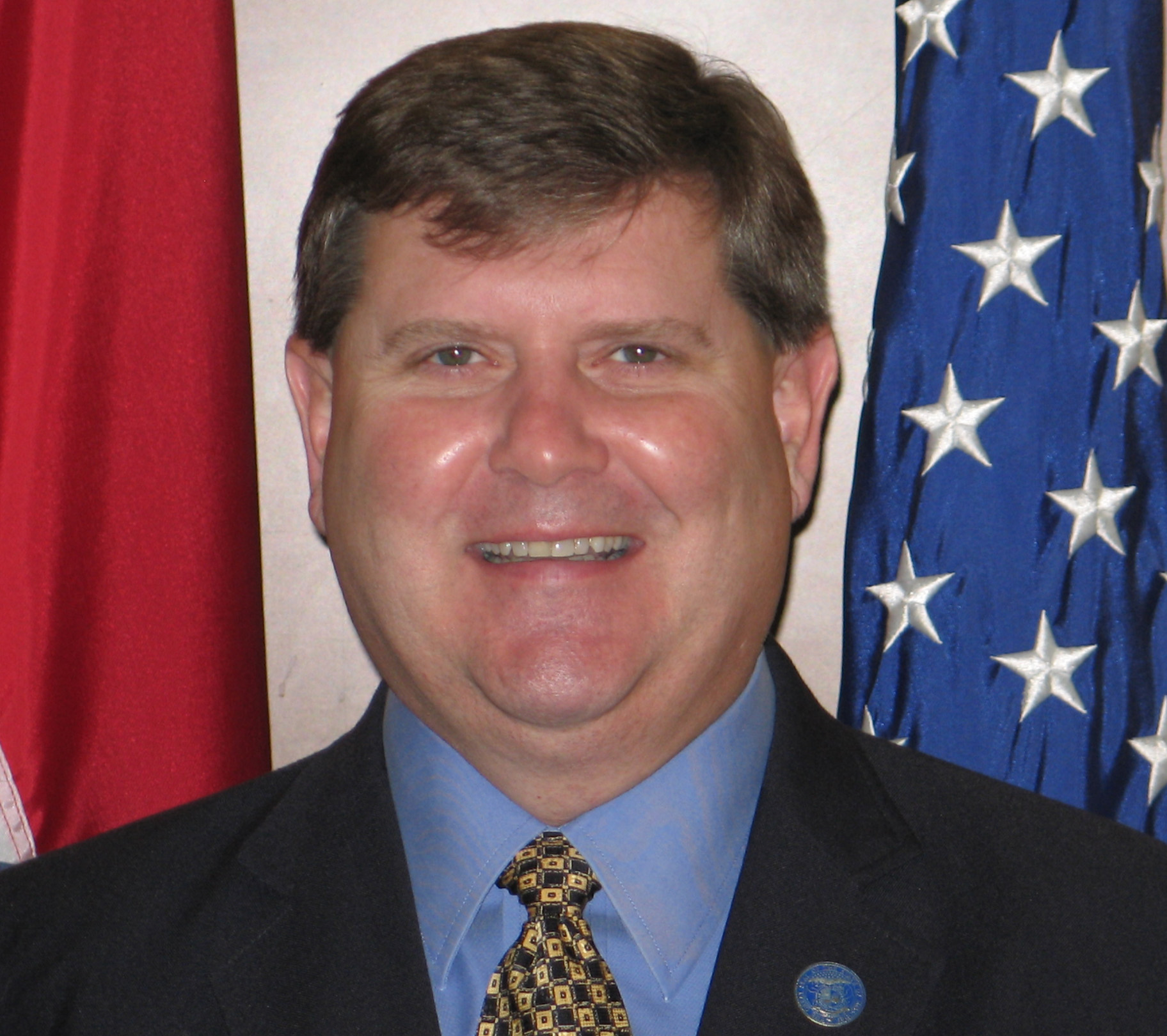 Cornell Auditorium in Plaster Hall
Cornell Auditorium in Plaster Hall
Admission: free
John Hensley, trade manager of the Europe, Middle East, and India with the Missouri International Trade and Investment Office (MITI), will explore why exporting is important and how it can benefit your small business. This seminar will provide an overview of Missouri’s exports to Europe overall and specifically identify top Missouri exports and opportunities for export to the Scandinavia region, highlighting the services offered by MITI and how MITI can make your transition into new markets more efficient.
11 a.m. Monday, Nov. 19, 2018
Corley Auditorium in Webster Hall
Admission: free
A brief overview about Iceland, a small volcanic country, that sits up in the North Atlantic and straddles between the continents of North America and Europe. A brief exploration of the Viking settlement of the country, history of foreign rule and independence, strategic position during World War II and the Cold War, development of an economy from self-subsistence to high-tech industry, and a culture influenced by both Europe and the United States.
12 p.m. Monday, Nov. 19, 2018 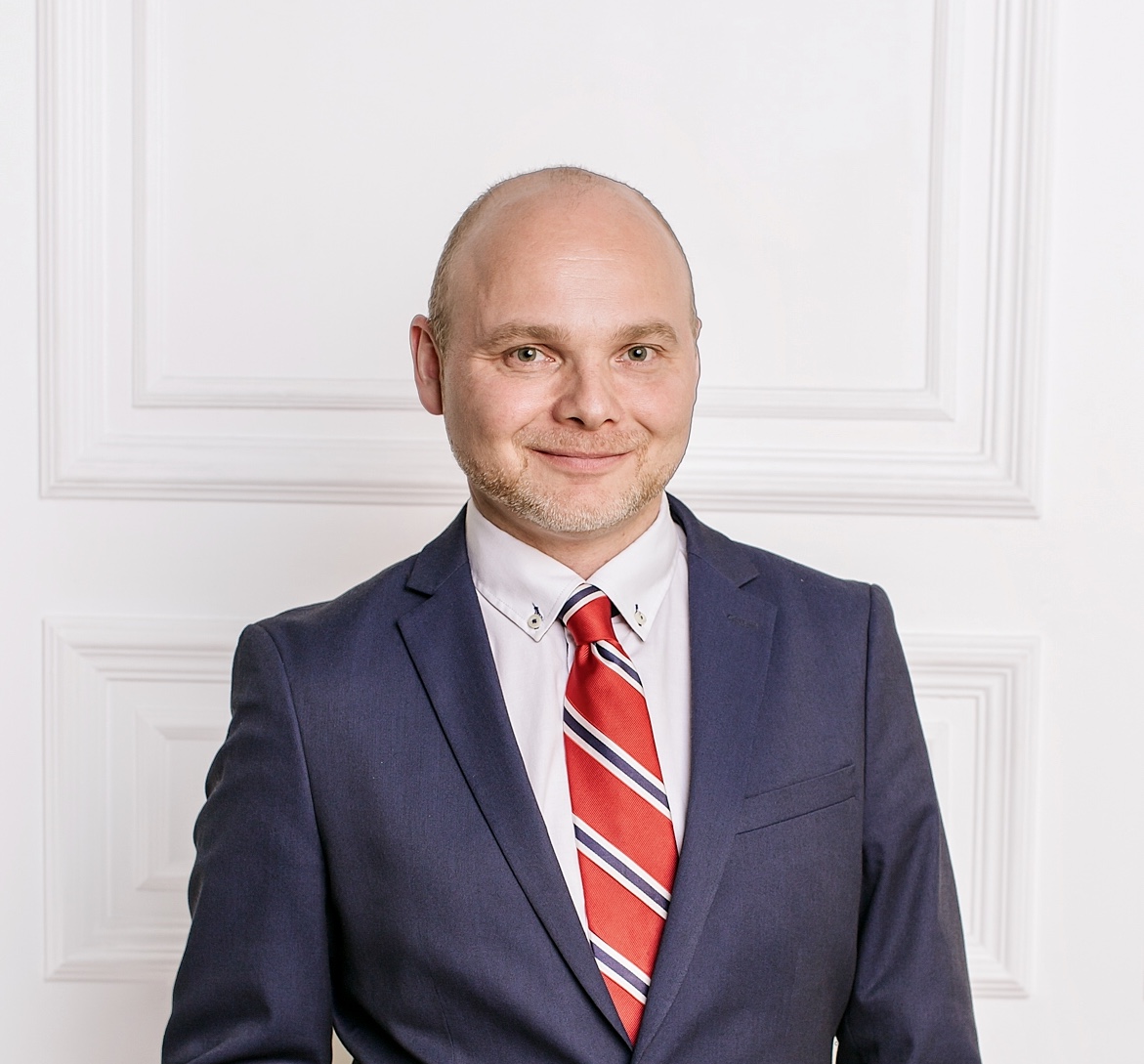 Corley Auditorium in Webster Hall
Corley Auditorium in Webster Hall
Admission: free
A discussion about sustainability in relationship to natural resources and development. Hreinn Pálsson will take a look at how Iceland has transformed itself to use mainly sustainable hydro and geothermal energy, how a fishing nation has learned to scientifically control and sustainable manage its fish stocks, how Icelanders have developed to utilize their advantages and overcome challenges, and the future prospects of Arctic development.
Hreinn Pálsson is deputy chief of mission for the Embassy of Iceland in Washington, D.C. He graduated with a B.A. in politics from Louisiana State University and an M.A. in diplomacy and international studies from the University of Birmingham in the United Kingdom. He has worked as a high school teacher, customs officer, and briefly for the U.S. State Department.
Pálsson has worked for the Icelandic Ministry for Foreign Affairs since 2005. He was first posted to the Icelandic Embassy in Washington, followed by an assignment at the department for administration and consular affairs in Reykjavik. In 2009 he was appointed director for the Icelandic EXPO 2010 participation in Shanghai while serving simultaneously as the Consul General of Iceland in Shanghai. Subsequently he served as a director at the Ministry for Foreign Affairs in Reykjavík and then as deputy head of mission at the Icelandic Embassy in Moscow.
5:30 p.m. Wednesday, Nov. 28, 2018  First floor of Spiva Library
First floor of Spiva Library
Admission: free
Immerse yourself in the very popular Nordic Noir genre by taking part in a book club for all readers and co-hosted by the English honor society Sigma Tau Delta. Pick up a copy of Jar City: A Reykjavík Thriller by Arnaldur Indridason in Webster Hall 337 (while supplies last) and join us on the fourth Wednesday of every month at 5:30 p.m. We will be reading the book in three parts, starting on Sept. 26 at Joplin Avenue Coffee Company, Oct. 24 at the Joplin Public Library, and finishing up on Nov. 28 on the first floor of Spiva Library at MSSU. This book club is open to the public, and snacks will be provided.
7:30 p.m. Monday, Dec. 3, 2018 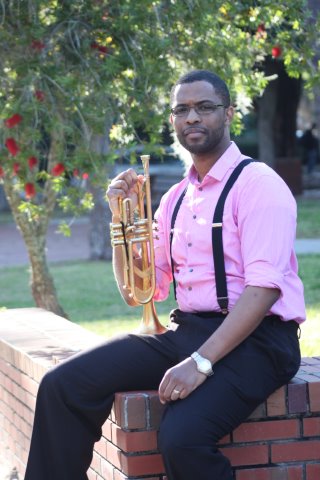 Corley Auditorium in Webster Hall
Corley Auditorium in Webster Hall
Admission: free
The Southern Jazz Orchestra, under the direction of Freddie Green, will perform the world premiere of an original work composed by David Sharp. The composition is based on traditional Scandinavian folk music placed in a jazz style. The work is yet to be titled; however, it will be in four movements and will feature the artistry of Sharp on saxophone and MSSU’s director of jazz studies, Dr. Phillip C. Wise, on trombone.
Sharp is a professor of instrumental music and jazz at Indian Hills Community College in Ottumwa, Iowa, where he directs the Indian Hills Jazz Band and teaches courses in music theory, music appreciation, jazz appreciation, and applied woodwinds. Sharp is a prolific composer and arranger of jazz, big band, brass ensemble, and orchestral music. His works have been performed and/or recorded by numerous scholastic groups and professional jazz performers throughout the world including Paquito D’Rivera, Claudio Roditi, Terrell Stafford, Bobby Watson, Karrin Allyson, the Swiss Jazz Orchestra (Bern), the Landes Jugend Jazz Orchester Hessen, the Kansas City Jazz Orchestra, the Des Moines Big Band, the Topeka Jazz Workshop. He has also written and published two textbooks on jazz history and appreciation.